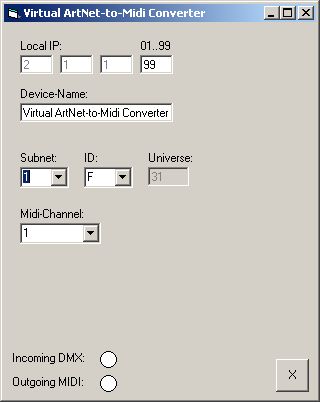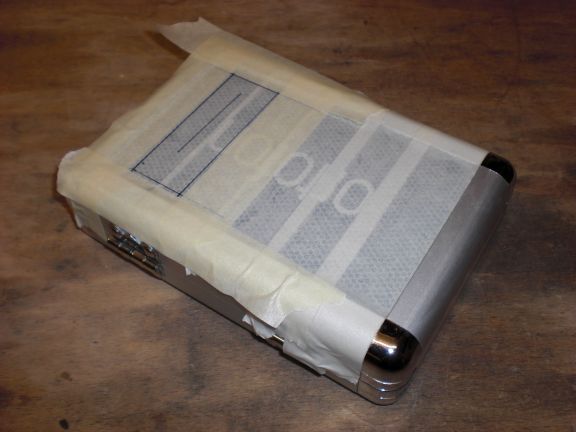This one might become a l i t t l e bit special.
As most of you should know by now I am not only a specialiolo(lo)gist (for everything) but also one astonishing (specialiolo(lo)logic) lightjockey – at least in my second life on most of my weekends.
When LJ’ing I use the the GrandMa Lighting Desk most of the times. Sometimes I’m lucky and get to work with a hardware unit but most of the times I have to stick to the PC version with a Midi-Keyboard attached. So far so good / bad. Over the last years I came across some things that might be better. Like Midi output. Talking about GrandMA it IS possible but kind of limited and a huge amount of time is killed when taking care about Midi programming. (Those of you who are familiar with the GrandMa might argue pro and con. Others might just not know what I’m talking about…just read on.)
Trying to find a universal way to get Midi Signals out of my lighting desk I wrote a nice little ArtNet-to-Midi Converter. that way I can get Midi out of my lighting desk without even thinking about it.
The (Windows-) tool acts like an ArtNet Node (just like the one from Enttec , for example). The important part: the received ArtNet data are translated into Midi Values. The first 128 DMX channels (1..128) are translated into Midi CCs. DMX channels 129…255 are translated into pulsed Midi outputs (note on .. wait a few miliseconds .. note off) starting at C-1. That’s basically about it.
The software has some cool side-features like settings being saved in the registry ‘n stuff but like every program it’s still not complete (DMX in, Midi out indicators not working yet). But worth the effort. The basic Midi-IO is handled via MidiOX, again.

Continue reading →



